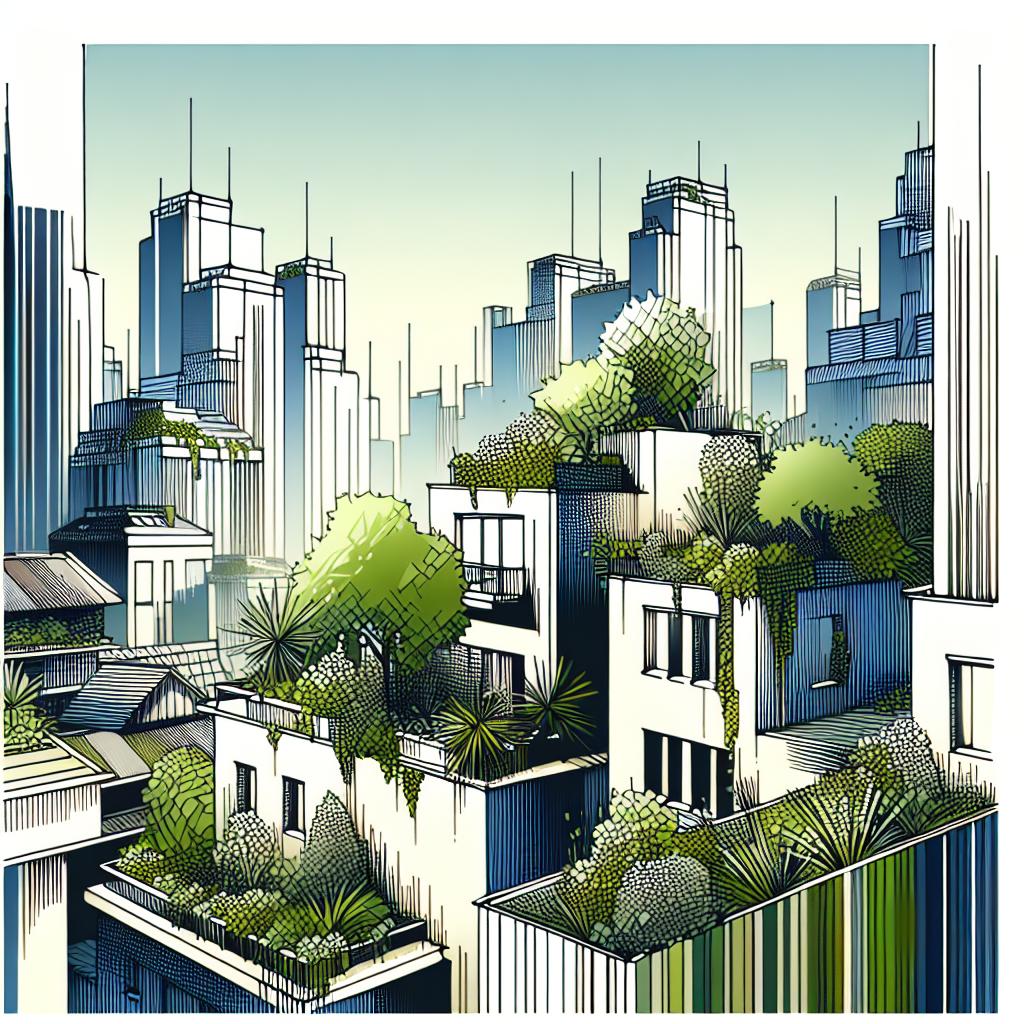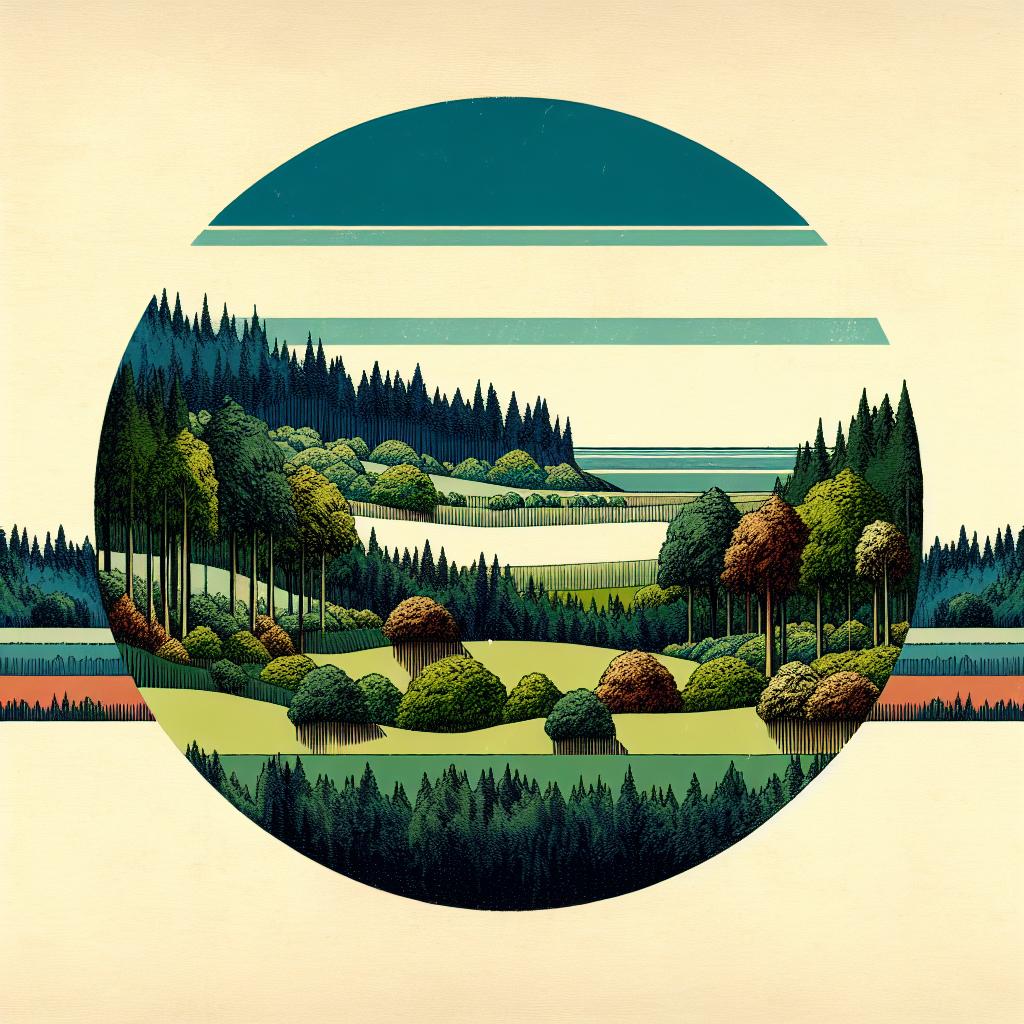Introduction to Green Roofs
As cities grow and urbanization continues to expand, environmental challenges such as heat islands, poor air quality, and rainwater runoff have become increasingly pressing issues. In response, a vibrant solution has emerged: green roofs. These innovative structures are transforming urban landscapes from mere concrete jungles into lush, living ecosystems. Covering buildings with vegetation not only enhances aesthetic appeal but also offers a multitude of ecological benefits. Green roofs absorb rainfall, reduce urban heat islands, and improve air quality.
Pioneers in Green Roof Implementation
Some of the trendsetters in green roof initiatives include major cities like New York, Chicago, and Toronto. Each city has embraced green roofs in different ways to meet local goals regarding sustainability and livability.
Here, we take a closer look at how these metropolises have implemented green roofs as a vital part of their efforts to increase green spaces.
New York City is particularly notable for its ambitious Sustainable NYC initiative, aiming to integrate sustainability into every corner of the city. In recent years, New York has drawn attention with its programs encouraging the installation of green roofs on both commercial and residential properties, subsidizing projects to help offset costs. Then, filling its skyline with vibrant greenery not only enhances property values but also has public health benefits.

Similar efforts can be observed in Chicago, where policies have successfully spurred the conversion of rooftops into green spaces. The Chicago Green Roof Initiative encourages local businesses and homeowners to consider vegetative roofing as part of their urban redevelopment. Between the public parks and the green roofs that dot the skyline, the city is nurturing a sense of breathing room within its urban fabric.
Toronto has implemented laws requiring green roofs on new developments, leading the way in North America. The city’s Environmental Protection Office has set targets indicating that all large developments must include green roofs or contribute to an equivalent green space fund. These strategic efforts accelerate the incorporation of ecological principles into conventional urban planning, enhancing climate resilience and biodiversity.
Environmental and Economic Benefits
Green roofs are not solely about beautification; they play a crucial part in achieving a more sustainable urban environment. Studies suggest green roofs can reduce energy costs by insulating buildings. The vegetation helps maintain the internal temperature of the building, thereby decreasing the reliance on air conditioning during hot months. As energy costs rise amid increasing demand, the economic rationale for retrofitting existing structures with green roofs becomes increasingly compelling.
But the energy savings only scratch the surface. These living roofs also absorb rainfall, significantly reducing stormwater runoff. This natural process allows the ecosystem to function more like a sponge, helping to mitigate the impact of heavy precipitation events, which have increased in intensity due to climate change.
Moreover, green roofs contribute to the improvement of urban air quality. Plants absorb carbon dioxide and filter out pollutants while releasing oxygen. In a bustling city where air quality is often compromised, green roofs provide a partial remedy, supporting better public health outcomes.
Challenges and Considerations
Despite the many benefits gleaned from green roofs, challenges remain that must be navigated. One primary hurdle is the higher upfront installation costs associated with installing green roofs compared to traditional roofing options. Many homeowners and business operators may be deterred by the initial investment, despite the potential long-term savings.
Furthermore, maintenance is another critical concern. Ensuring ongoing health and viability of the plant life atop buildings requires a level of care and expertise that may be unfamiliar to many property owners. Seasonal upkeep can include tasks such as trimming and weeding to maintain the ecosystem and its benefits. As the interest in green roofs grows, plans for education and support resources for property owners will need to expand correspondingly.
The Bigger Picture
Urban planners are increasingly adopting green roofs as a tool for enhancing not just aesthetic appeal but also functional resilience against climate change. Integrating green spaces throughout city infrastructures fosters biodiversity and strengthens the urban ecosystem against unforeseen disruptions and shifting climatic conditions. Cities that recognize the value of green roofs help nurture resilience in their communities.
Innovation in technology can play a part too. The burgeoning field of green technology has given rise to smarter systems for monitoring plant health, optimizing irrigation, and ensuring that the roofs are functioning as intended. These advancements could prove vital in convincing skeptics of the practicality and necessity of green infrastructure.
The adoption of green roofs reflects a significant shift toward sustainability in urban planning, echoing historical efforts to reclaim and manage urban spaces more sustainably. Just as central parks in major cities responded to health and social needs centuries ago, contemporary initiatives introduce green roofs as modern solutions to our climate challenges.
The Way Forward
Looking ahead, collaboration is essential among governments, private sector actors, and civic organizations to push the boundaries of what’s possible in urban landscaping. Laws and programs can incentivize property owners to retro-fit existing buildings with green roofs while supporting community projects that introduce green infrastructure across public spaces. Cities that deploy comprehensive strategies will be steps ahead in ensuring vibrant, sustainable, and resilient urban environments.
Understanding how we successfully implement green roofs and other forms of green infrastructure will become increasingly relevant as we confront severe aspects of climate change. By echoing ancient wisdom—integrating nature back into our lives—we open the door to cities that do not just survive but thrive amid shifting climates and changing realities.



